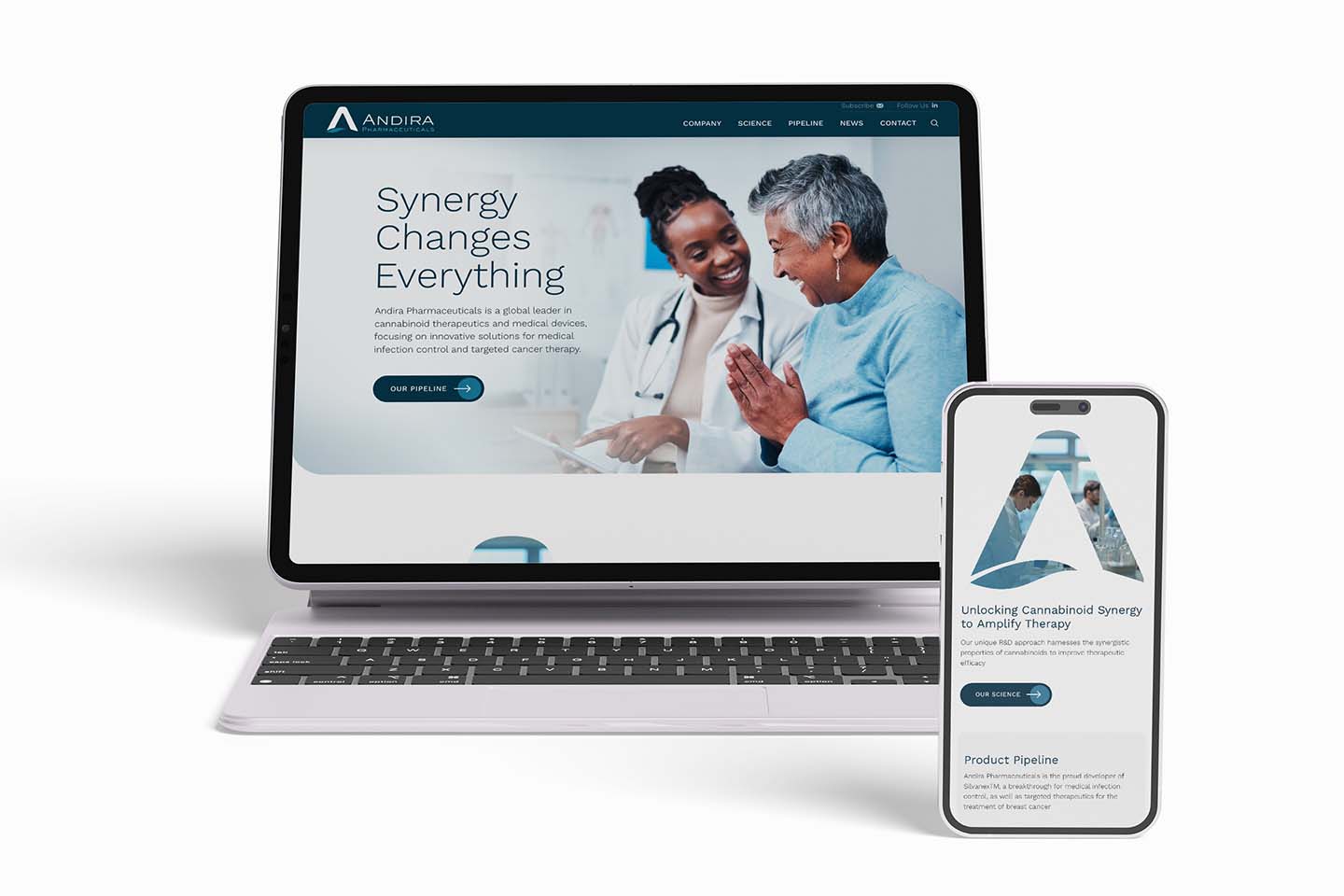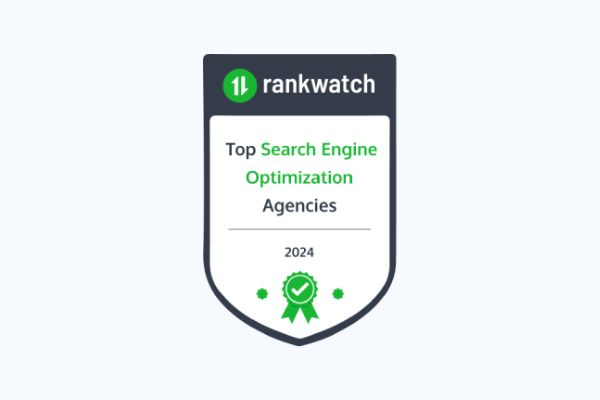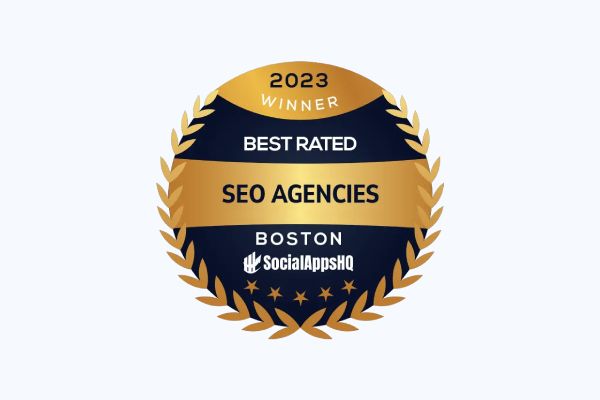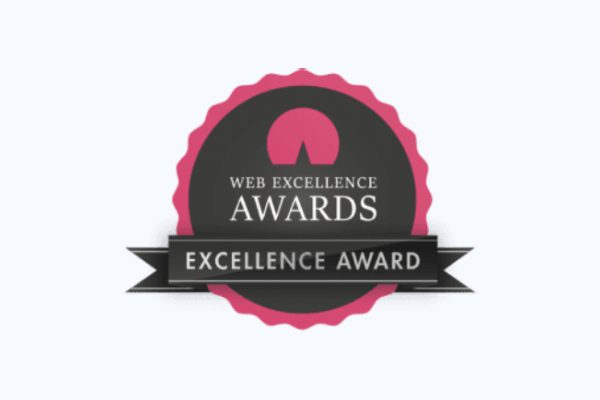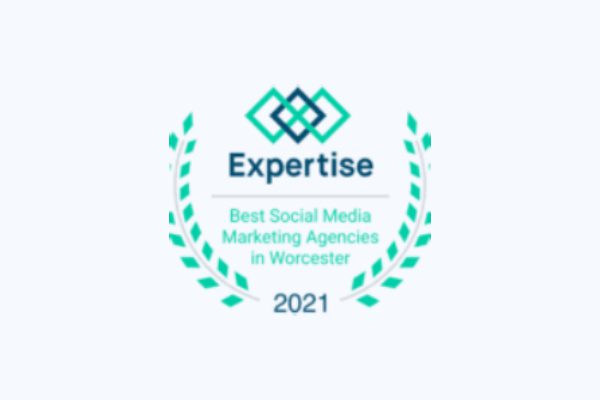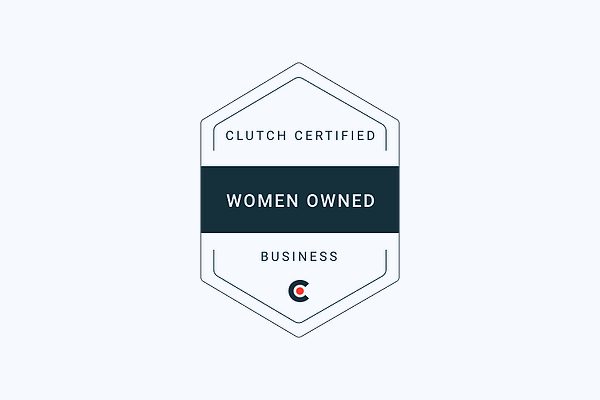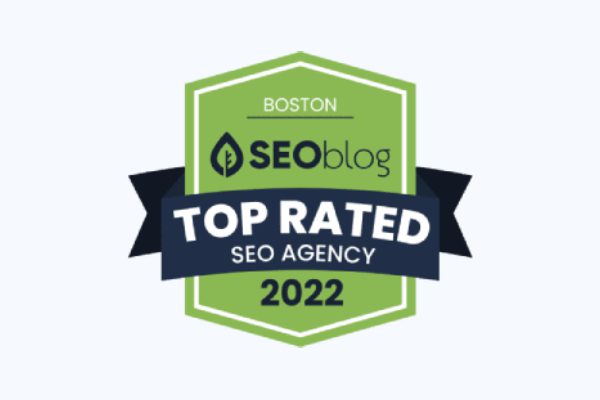When it comes to Front-end and Back-end SEO, What Do Users See?
There is huge variation among SEO techniques—often broken down as Front-End SEO and Back-end SEO. This article talks about both, so let’s look at a simple description of each:
What is Front-end and Back-end SEO?
Front-end SEO, also called on-page SEO, includes all the elements a website user sees—copy, layout, images, and video. Front-end SEO is the realm of content experts and marketers.
If you were in a play, front-end SEO would be actors reciting their lines, along with sets and lighting. We hear and see these elements, but generally don’t think about all it took for the play to take its final form.
Unlike front-end SEO, back-end techniques typically require a developer’s expertise in HTML and CSS programming. WordPress has shifted some simpler SEO tasks to content and marketing staff.
In the theater example, Back-end SEO might refer to set builders, paint, and lighting crews, and spotlights. They aren’t seen directly, but the audience sees the final results.
Google Rewards Both Front-end SEO and Back-end SEO
Google’s role is to create the greatest value for users by serving up the most relevant, high-quality pages on a search engine results page (SERP). It does this by crawling the Internet to see what’s there, crawling each page to understand content, and indexing and cataloging pages. Finally, their super-secret algorithm matches up, in order, how relevant pages are to keywords in the user’s search.
This process uses a conglomeration of front-end and back-end techniques. A failure on either end will bring a page’s ranking on the SERP. Hitting a top spot on the page is a home run, especially since more than 90% of users don’t go beyond the front page. After the first listing, with a click-through of 28.5%, the numbers drop steeply, with the second position at 15% and the third position at 11%).
Now that we have context for on-page and off-page SEO, let’s look at how each contributes to getting Google’s attention for top-page rank.
E-A-T Dominates Front-Page SEO
This concept is a biggie, and it’s referred to as E-A-T (Expertise, Authoritativeness, and Trustworthiness). As Google puts an increasing emphasis on content quality, this is the highest priority for front-end SEO. These elements show that the webpage and author are experts in their field.
Check out our Monster SEO Checklist that’s a must-have for all Web Marketers:
Expertise refers to a content creator who is a subject-matter expert, as shown by formal qualifications, references, education, and other factors. Authority refers to the industry reputation of both the author and website, shown by backlinks, reviews, references, guest posts, and more. Trustworthiness shows that your resources are deep and accurate. This is most often demonstrated by having many pages of a particular topic and citations referring to high-authority sources.
Don’t Forget About Your Keywords for Front-end and Back-end SEO
The buzz around town is that keywords have taken a back seat to E-A-T factors, but they still have a big role in front-page SEO. Keywords gained prominence as Google sought the user’s exact search term in web pages. Most recently, especially Google has leveraged machine learning to better understand the user’s intent and page content (for example, understanding a user means Apple the fruit versus Apple the computer brand. As a result, synonyms and semantically related keywords—related terms—will do the job.
Another point to consider is that there are several types of keywords. It pays to understand how they work. Here are just a few common examples:
Long-tail keywords versus short-tail keywords:
For less-known brands and to reduce keyword competition, long-tail keywords are often considered more effective.
Product-related keywords:
These are words closely related to your product, such as a particular brand, model, and other specific descriptions. The result will be a low search volume, but the specific user intent will lead to high-quality conversions. You can apply a similar technique based on the customer you want to target.
Geo-targeted search words:
If your customer is looking for a product near them (where you are), it makes sense to highlight your location. This is most useful for small businesses and storefront locations that want to establish local SEO.
Front-end and Back-end SEO Additional Considerations
In addition to E-A-T and keywords, several other factors play a significant role in front-end SEO. Some of these are the “middle-ground;” they are technically back-end tasks, but WordPress makes it easy for their users to perform them. They are not difficult to implement, but they require a bit of extra time and attention to detail.
Heading Tags:
Having your page broken down into logical, distinct subsections makes it easy for Google to understand your pages. There should be one H1 tag, which is the main page heading that users see. H2 tags are your main subheads, which should be used at least every few paragraphs. Use a keyword in H1, and as often as sounds natural in subheads—but don’t overdo it. This hierarchy goes through H6, but most content writers don’t go below H3.
Linking All Pages:
If your page isn’t linked to another section on your site it’s called an “orphan page.” Unless someone has the specific URL, your users won’t be able to find it. Most important, Google crawlers won’t be able to find it and index it.
Readability:
A badly written page stinks for your user and signals poor quality. Various metrics UX metrics—bounces, short session duration, and more—are all signs that your website isn’t user-friendly and doesn’t provide value. Remember, what’s good for your user is good for Google. Readability includes using good grammar, “chunking” materials into subsections, including lists, staying on-topic, using scannable copy and layout, and aligning copy with its subhead.
Optimized Images:
Two factors come to mind when discussing images. The first is image optimization—using sizes and image formats that are compressed but still look clear to the users. Optimizing images makes pages load faster, which improves user experience. The second factor is to use alt-text, descriptions of photos that aren’t seen by the typical users. Google now pays more attention to accessibility, and it simply makes sense to share your content with the widest possible audience. Screen-readers for the visually impaired use alt-text. For SEO, alt-text is also a prime keyword location.
Copy Depth:
One way to show Google you’re a subject-matter expert is to show a depth of resources on a particular topic. An SEO-friendly way to plan and expand content is called “clustering.” In this technique, pages and blog posts focus around specific topics that you often write about. Each cluster should include plenty of internal links to demonstrate depth.
Back-end (Off-Site) SEO
The back-end tips below include some that a content expert or WordPress user can accomplish on their own, especially with a plugin like Yoast. Others, however, are best left to back-end experts. Here are some prominent back-end elements that will give your page rank and conversions a major boost.
Schema Markup:
Also called structured data or a “rich snippet,” this HTML code helps Google more fully understand your page, providing more valuable SERP snippets for users. Schema exist for various types of content, such as restaurants, books, events, and dozens of others. One example we can look at is a snippet about a book. With the right markup, it can include information including the author, the illustrator, number of pages, and more, any of which might interest the user.
URL Factors:
There are simple best practices to follow when creating URLs for your web pages:
Keywords:
Using keywords in urls can improve your site’s search visibility, but they generally don’t have much of an impact on page ranking. However, keywords in URLs show up on the SERP and social media. Research has shown that URLs are important to searchers when selecting what to click on.
Readability:
A readable URL readable is important for user experience, so users know what to expect from a page. Going back to the previous point, don’t include them if they’re not helpful to the user. Keep them under 50-60 characters—and get rid of nonsense letters, numbers, and symbols.
Canonical structure:
Products or content are often found on multiple URLs — or even multiple websites. An example of this might be https://example.com/wordpress/seo-plugin/ as compared to https://example.com/wordpress/plugins/seo/. A canonical URL tells search engines that certain similar URLs are actually the same, and which one to index for page ranking.
Mobile Friendliness:
Many SEO experts recommend designing for “Mobile First.” You’ll lose a huge audience if you don’t plan for the more than 50% of searches that are now from mobile devices. Some quick tips include:
- Use a responsive template that displays properly on devices of all sizes.
- Load time is slower on mobile, so make sure your content and images are optimized.
- Keep the design simple, with a layout that is not crowded.
- Use a large font (at least 18-point) and good contrast for readability.
- Reduce navigational elements and CTAs that look cramped and are hard to click—especially with the thumb.
SEO Title Tags:
These are NOT the titles that users see on the page. They are the blue clickable titles users see on the SERP listings. They will also appear in web browsers and for social sharing. Also called the meta title, it should be 55-60 characters, brief, readable, descriptive. Plus, each of your webpages should have a different title tag.
Meta Description:
This copy, often called the “snippet,” is the paragraph directly under the SEO title. It’s best to keep it to 155-160 characters and toward the beginning. It’s unclear how important the meta description is for SEO, but it’s another place to leverage keywords and is certainly important for click-through. If you don’t specify your own metadata, Google will compile it based on the first paragraphs on the page.
Optimize Your Website’s Front-end and Back-end SEO for Page Rank and Conversion
If you’re not an SEO expert, there are still plenty of techniques available to boost your page ranking and conversion, especially on the front-end. WordPress and plugs can further enhance the SEO capabilities of non-technical marketers and content experts. For the full range of SEO opportunities, choose a top-notch agency or developer who knows the latest SEO techniques and how to maximize them for your business.


